Patrick Boyle from Gingko Bioworks discussed metabolic engineering of microbes such as yeast and bacteria for the production of small molecules and the advantage in yield over conventional chemical synthesis.

Design a biosynthetic stategy for a compound of your choice
What chassis and pathway will you use?
How will you measure product formation?
What chassis enzymes would you modify?
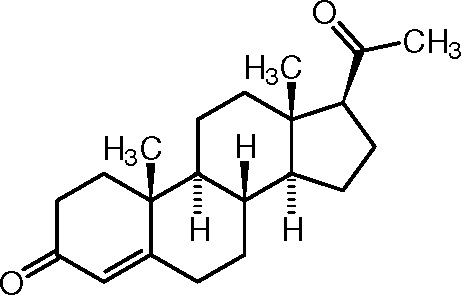
The product we chose is estrogen (estradiol) beginning with an endogenous cholesterol precursor. It is actually possible to use the cholesterol from egg yolks after some purification.
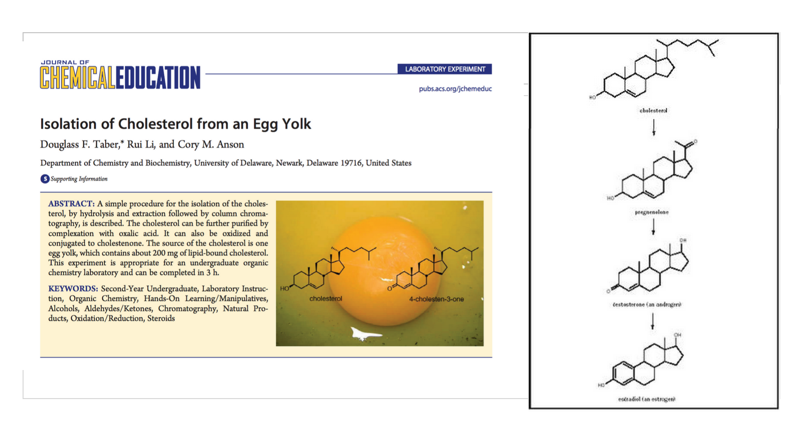
Chassis and pathway selection
First, we researched metabolic pathways for estrogen biosynthesis and the associated enzymes. The chassis we will likely use is yeast for its production.
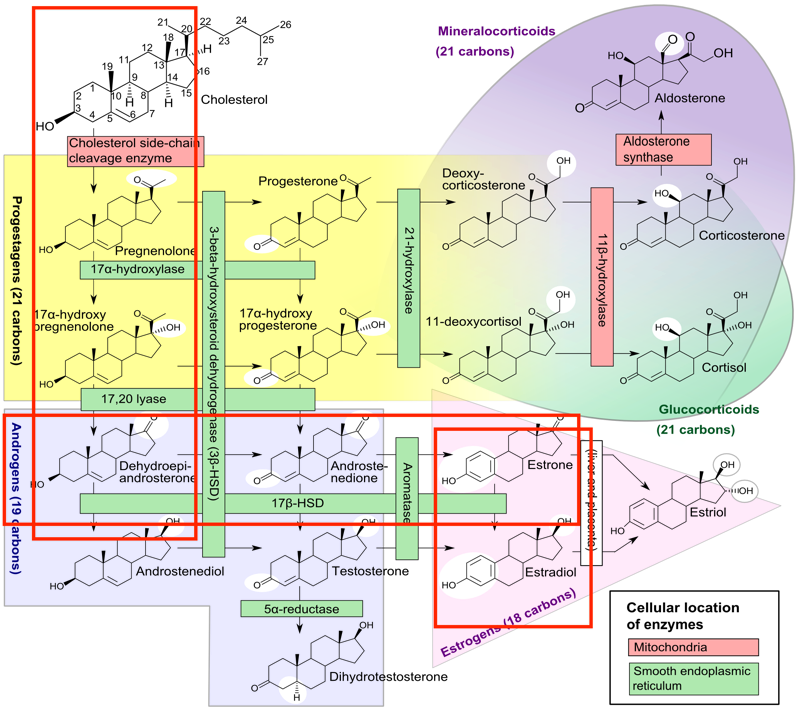
From the pathway above, we can isolate the pathway we want through using the KEGG database. Our desired pathway is highlighted in yellow.
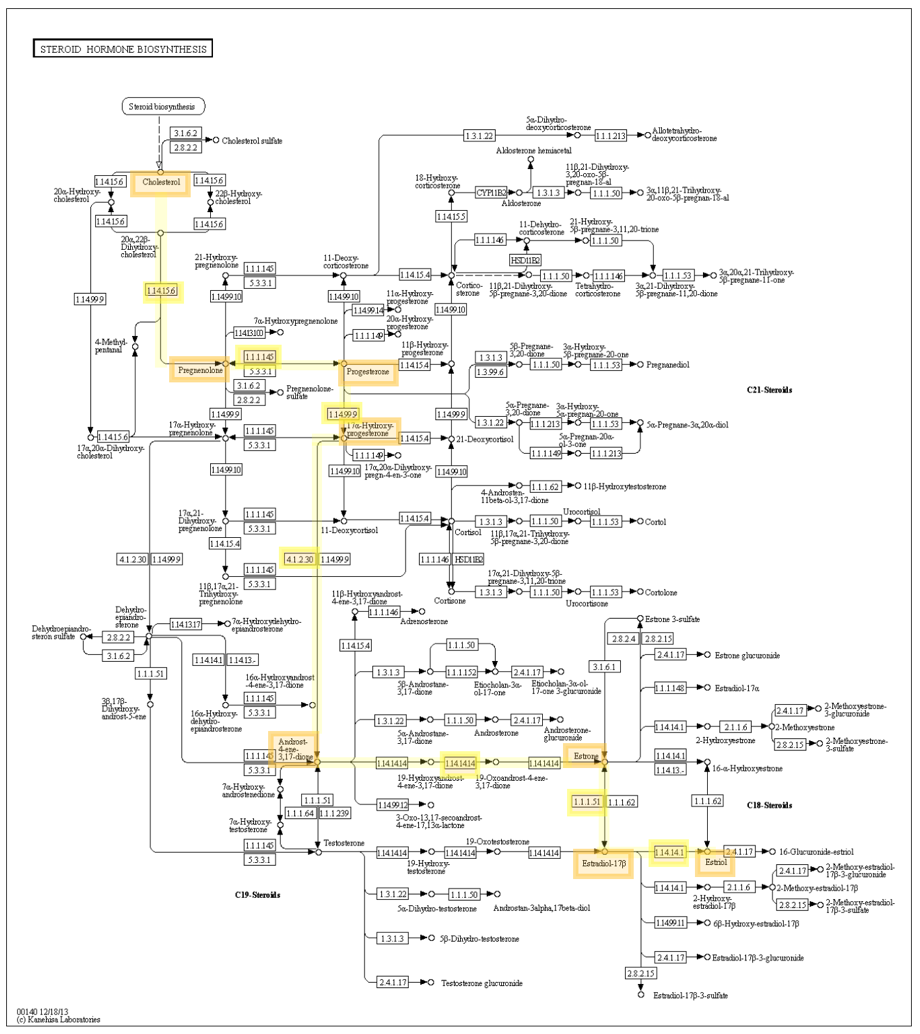
The metabolic pathway for the enzymatic catalysis for estrogen involves the reactions of these enzymes:
cholesterol monooxygenase side-chain-cleaving
CYP17A1
CYP17A1
3beta-hydroxy-Delta5-steroid dehydrogenase
steroid Delta-isomerase
aromatase; CYP19A1
estradiol dehydrogenase
Measuring Product Formation
We can add a GFP reporter protein gene gated by an estrogen receptor according to this paper:
“Tightly Regulated, betaestradiol DoseDependent Expression System for Yeast”.
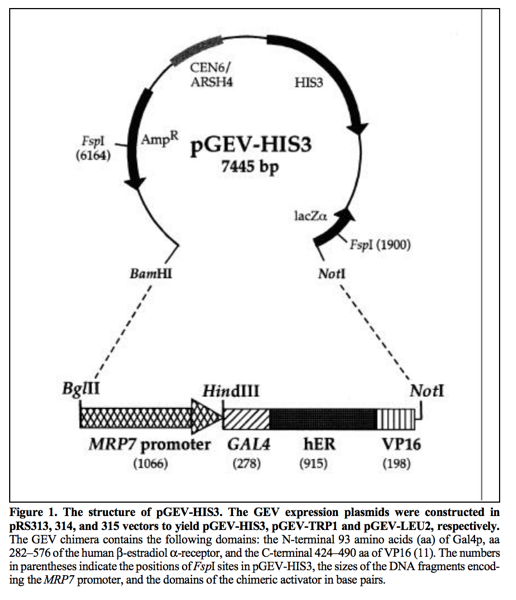
Other methods of commercially available estrogen tests:
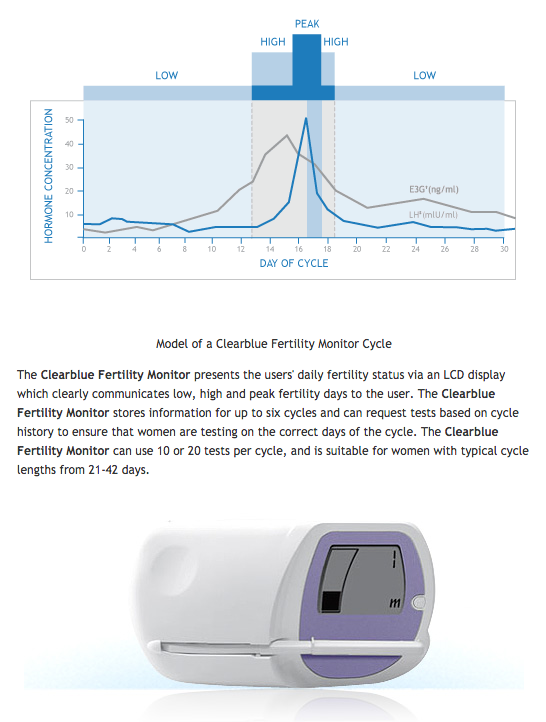
Modification of Chassis Enzymes







![How to grow [almost] anything class Viirj Kan](img/logo.png)